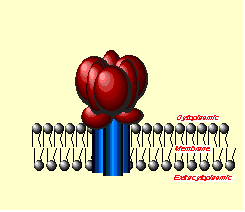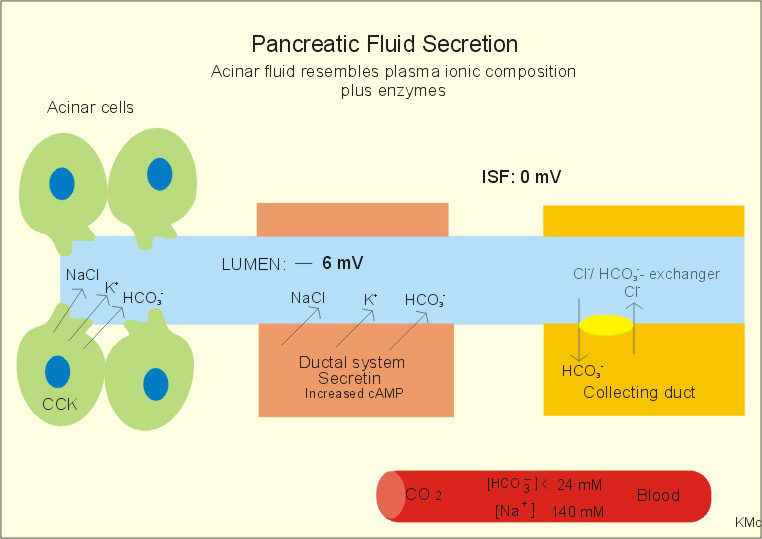|

Proton Pump Inhibitors
Proton Pump Inhibitor HipFractures
Secretin its role with liver cysts
Proton pump inhibitors and histamine 2 receptor antagonist are prescribed for reflux and GERD. An added theoretical benefit is that it diminishes secretin, a hormone that triggers cyclic AMP release. Cyclic AMP activates liver cyst filling with fluid, expansion, growth and enlargement.
|
What are some common proton pump inhibitors?
Proton Pump Inhibitors - for reflux and GERD
Lansoprazole -Prevacid
Omeprazole -Prilosec
Esomeprazole - Nexium
Rabeprazole - Aciphex
Pantoprazole - Protonix
What are some common histamine-2 receptor antagonists?
Histamine-2 Receptor Blockers - Some are currently available over the counter
Cimetidine (Tagamet, Tagamet HB)
Famotidine (Pepcid AC, Pepcid Oral)
Famotidine Oral Suspension (Pepcid Oral Suspension)
Nizatidine capsules (Axid AR, Axid Capsules, Nizatadine Capsules)
Ranitidine (Zantac, Zantac 75)
Ranitidine Effervescent Tablets or Granules (Zantac EFFERdose)
Ranitidine Hydrochloride Injection (Zantac Injection)
Ranitidine Oral Syrup (Zantac Syrup)
FDA Warning for Famotidine (Pepcid AC)
Famotidine is excreted primarily by the kidney. This can pose a danger to people
with kidney problems. Physicians are now being advised by the US Food and Drug
Administration and Health Canada to reduce the dose and increase the time between
doses in patients with kidney failure. Use of the drug in those with impaired
kidney function can affect the central nervous system and may result in anxiety,
depression, insomnia or drowsiness, and mental disturbances. |
What starts liver cysts or these flat sacs to fill with fluid?
Liver
cysts begin as flattened tiny microscopic sacs at the end of liver ducts. These
flat microscopic sacs eventually form blind sacs that go nowhere. They connect with
nothing. With time, these tiny sacs break off and form very flat microscopic circular
pads similar to closed sealed round balloon balls that are totally flat.
When
a meal with protein is eaten, the stomach starts to produce acids to digest
the meal. These acids eventually turn the stomach contents to acid chyme. Once
the pH of the stomach contents becomes acidic, this stimulates secretin hormone
to be released. Secretin communicates with another hormone called cyclic AMP. This surrounds the flattened circular pads within the liver. Once cyclic
AMP is informed by secretin release, it begins the process of filling these
little sacs with fluid. They start oozing fluid from within the interior of the cyst walls. This
creates a water filled cyst. After a bit, these flat circular pads, fill with fluid and form minute microscopic
liver cysts. With more time, these microscopic cysts, fill with more fluid, expanding and growing, until the liver has more and more cysts. After many many years, these liver cysts are no longer microscopic. They become noticeable. Sometimes we can feel the filling of fluid especially if the liver cyst can be felt and is close to the surface.
Over time, usually years, this process continues until we may notice that we get bloated very quickly following a meal. The water within the cysts has nowhere to go. It creates a belly filled with water balloons. Cystic livers can weigh upwards of 40 pounds. We think we are gaining weight when we are actually losing body fat and becoming very thin and malnourished. 
How do proton pump inhibitors like nexium help to stop liver cyst growth?
Proton pump inhibitors diminishes acid chyme in the stomach. This stops secretin release and this eliminates the trigger for cyclic AMP release and this stops liver cysts from filling with fluid. If the filling of cyst fluid is slowed down then the expanding, growing, and increase in cystic liver size is decreased. This is the theory. Three French experience corresponds with this. The finding of secretin induced secretion of liver cysts has prompted clinicians to attempt to slow this process thereby, in theory, slowing down liver cysts growth. This is the same process that the experimental drug octreotide is also looking at.
Proton
pump inhibitors diminishes acid chyme in the stomach.
This stops the release of secretin. Without secretin release, this eliminates the trigger for
cyclic AMP. Cyclic AMP release triggers cysts expanding, growing, and increasing their numbers and size. This
is the theory. The French found
that by giving H2 blockers or proton pump inhibitors
liver cyst fluid following a liver resection was greatly diminished. A few individuals have noted that while
taking proton pump inhibitors or H2 blockers, their liver
cysts have stabilized and a few have observed that they have decreased.
 
Are there any articles on secretin and liver cyst growth?
It might be easier to listen to this lecture on polycystic liver disease for a more detailed explanation. There are (2) older research articles. One done by the French following liver resection surgery
and a second by a doctor who placed tiny catheters in liver cysts and noted
that they enlarged and began filling with fluid in response to secretin. According to one laboratory-polycystic-liver-disease-researcher, liver cysts have
10 - 100 times the amount of cyclic AMP contained within their cells as do kidney cysts. What
this means is for us with liver cysts is we should be very careful in regards to anything that might trigger an increase in cyclic AMP, i.e., caffeine
and even de-caf foods, beverages, and herbs. Chocolate has been among the most difficult
for many to avoid. It
has long been established that caffeine stimulates cyclic AMP. Increases in cyclic AMP initiates cyst filling, cyst growth, and enlargement. The danger of cyst growth
is that internally cyst liquid, produces an inflammation
of the surrounding tissue with resultant scar tissue formation. It is this
scar formation that contributes to some of the many difficulties and symptoms.
Have there been an increase in hip fractures in the over 50 crowd that take long term proton pump inhibitors?
One study looking at the side effects of proton pump inhibitors found an increase in hip fractures. The study included 13,556 hip fractures and 135,386 controls from the United Kingdom. The researchers looked only at patients ages 50 and older who used acid suppression drugs and controls were matched for sex, age, duration of follow-up. A similar analysis was done for histamine 2 receptor antagonists, which have a weaker acid suppressive effect compared with proton pump inhibitors and do not interfere with osteoclastic proton pumps to reduce bone resorption. Histamine 2 receptor antagonist used for more than one year was also associated with an increase in hip fractures, but a lower risk than proton pump inhibitors.
|
![]() contact
us
contact
us